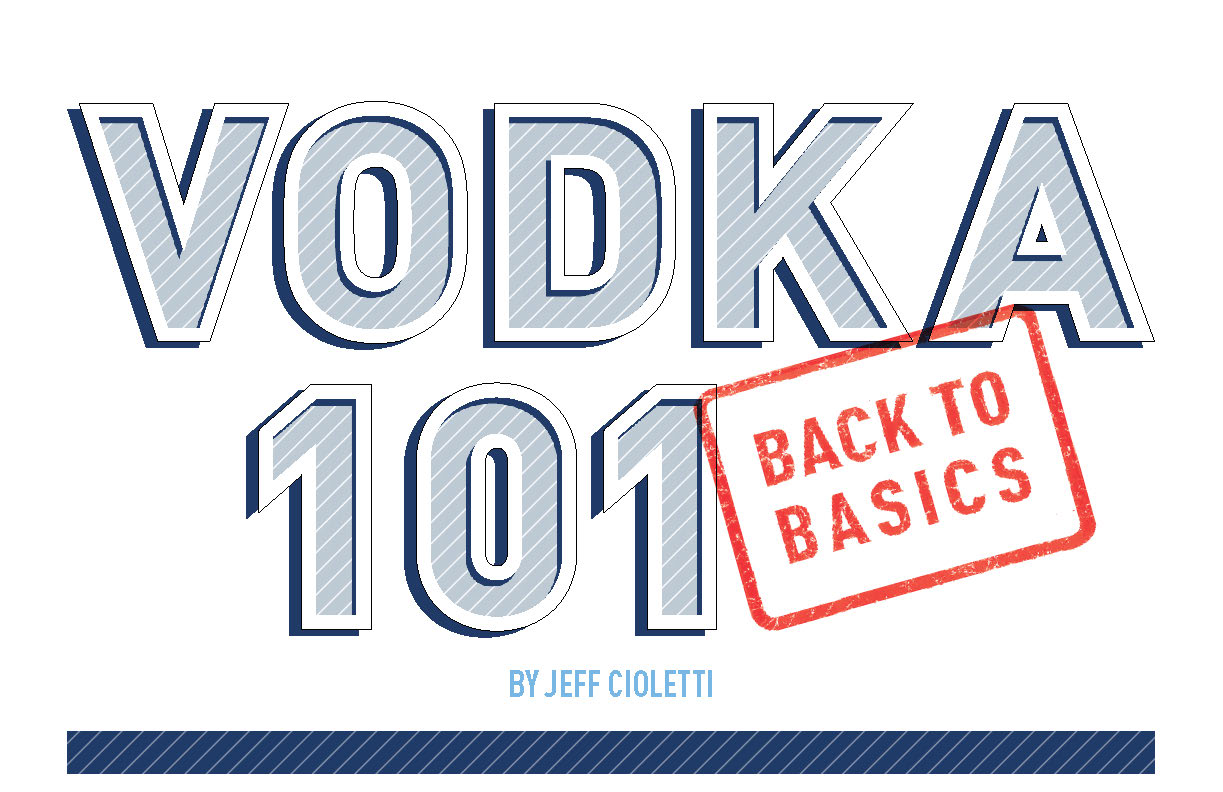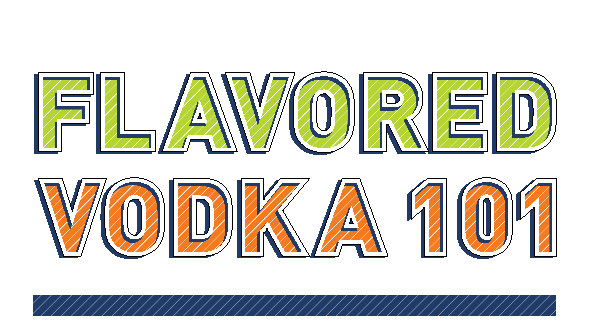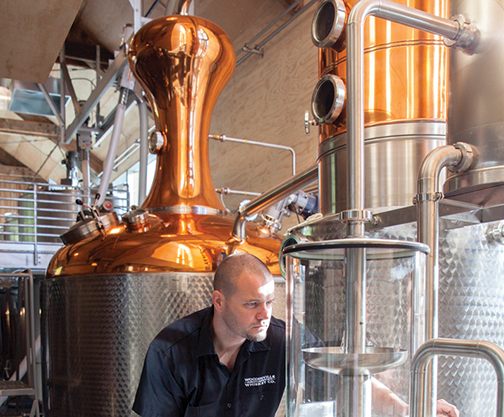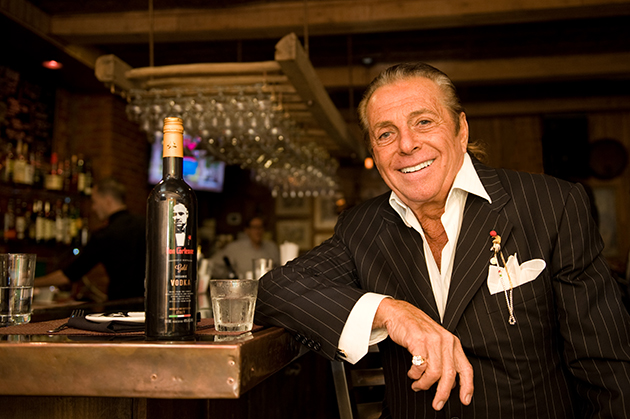
Vodka may have emerged from Eastern European distilling and drinking cultures, but as far as spirits are concerned, it’s probably the closest to the Wild West anyone’s going to get. That’s because there’s no clear standard mandating from which starchy or sugary bases it must be fermented. That’s not to say there aren’t some standards in place. The European Union, for instance, sets the vodka ABV minimum at 37.5% (75 proof). On these shores, the TTB sets the ABV Vodka may have emerged from Eastern European distilling and drinking cultures, but as far as spirits are concerned, it’s probably the closest to the Wild West anyone’s going to get.
That’s because there’s no clear standard mandating from which starchy or sugary bases it must be fermented. That’s not to say there aren’t some standards in place. The European Union, for instance, sets the vodka ABV minimum at 37.5% (75 proof). On these shores, the TTB sets the ABV floor at 40% (80 proof). The U.S. regulatory agency defines the spirit as “neutral spirits distilled or treated after distillation with charcoal or other materials so as to be without distinctive character, aroma, taste or color.”
However, vodka’s complete lack of all of those things makes it the nearly perfect blank canvas on which mixologists can paint their masterpieces. Ask a group of cocktail crafters and enthusiasts, “What’s the most mixable spirit?” and at least nine out of 10 of them will likely answer, “Vodka.”




